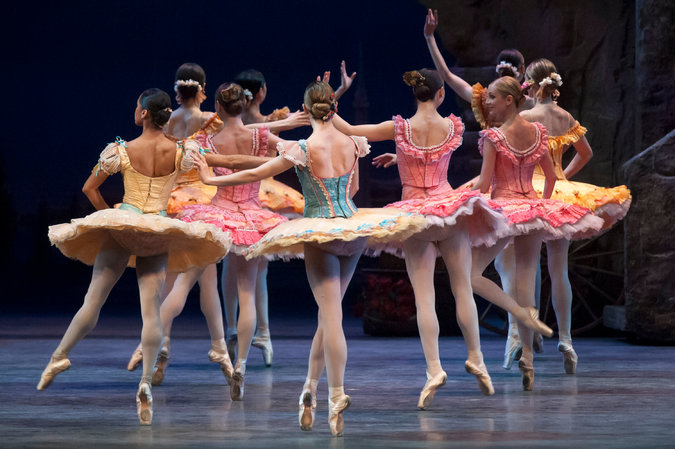Question: Are you unable to perform a relevé without foot pain?
Truth: Pushing off through the front of your foot is what happens when you walk, when you do calf raises in the gym and when you have to perform a relevé multiple times during a performance. Whether you know it or not, this type of movement requires the synergistic action of many parts of your body. Also known as the kinetic chain in action.
Story: A Broadway show actor was referred to me with chronic complaints of right foot pain. She was unable to do a relevé. She also had problems going up stairs, wearing her performance shoes as well as standing on one leg. She had physical therapy elsewhere and a PRP (platelet rich plasma) injection with little relief.
Problem: I always check baseline posture to see if there is anything jumping out at me that I should be aware of. If there is, I then see if it changes with the movements I evaluate. For this patient, there were a few things that jumped out. She was standing with more weight on her left leg and her thorax (ribcage) was rotated to the right. This is no surprise as she most likely offloaded her right leg for months. However, this position was causing more torque in her foot, thus making the initial problem worse.
This in turn causes compensatory twists up the chain until finally the body can right itself to face forward. Compensating like this for many months tends to change our body schema and our brain maps, such that if we were to put ourselves in a better position, we would think it is not normal, or we would feel “crooked” so to speak. Trust me, there are a lot of people who feel “off”, and walk around pain free. And that’s fine.
But when it comes to high-level performance, correctness of movement and balance play a much larger role.
I then assessed her relevé as well as her single leg balance. With both movements, her weight shift and rotation got worse as well as her foot pain. In the assessment, I figured out that the rotation in her thorax was the principal player driving her foot pain. She had some other little things going on as well, but this was the main issue.
Every time she went up on her toes she rotated to the right. You try it and see the effect it has on your feet. Her right foot collapsed even more! I corrected the rotation in her thorax and she went up pain free! It takes time for our nervous systems to adapt to this type of change, so when you let the rotation go, her dysfunction comes back. That is where the treatment comes in.
Treatment: Briefly, I taped her thorax into neutral. I also did some soft tissue release to her oblique muscles-these had become facilitated or “contracted” because of her compensation.
Another treatment technique that I love using is the “Mirror Box”. This is a box with one mirror on one side (see below), invented by V.S. Ramachandran. This was designed initially to help alleviate phantom limb pain, in which patients feel they still have a limb after having it amputated.

In a mirror box the patient places the uninvolved limb in front of the mirror and the painful side inside the box. The patient then makes “mirror symmetric” movements with uninvolved side. In this patient’s case-she did calf raises in sitting. Because she is seeing the reflected image in the mirror, it appears as if the painful foot is also moving, when in fact, it is not. Through the use of this artificial visual feedback it becomes possible for the patient to “move” the painful limb, and to desensitize the painful side.
We also did other corrective exercises to open up her thorax as well as some weights in unloaded and progressing to loaded positions.
Results: She is able to perform a relevé without pain and her single leg balance improved!
Like what you’ve read? Click the button below to discover more.



